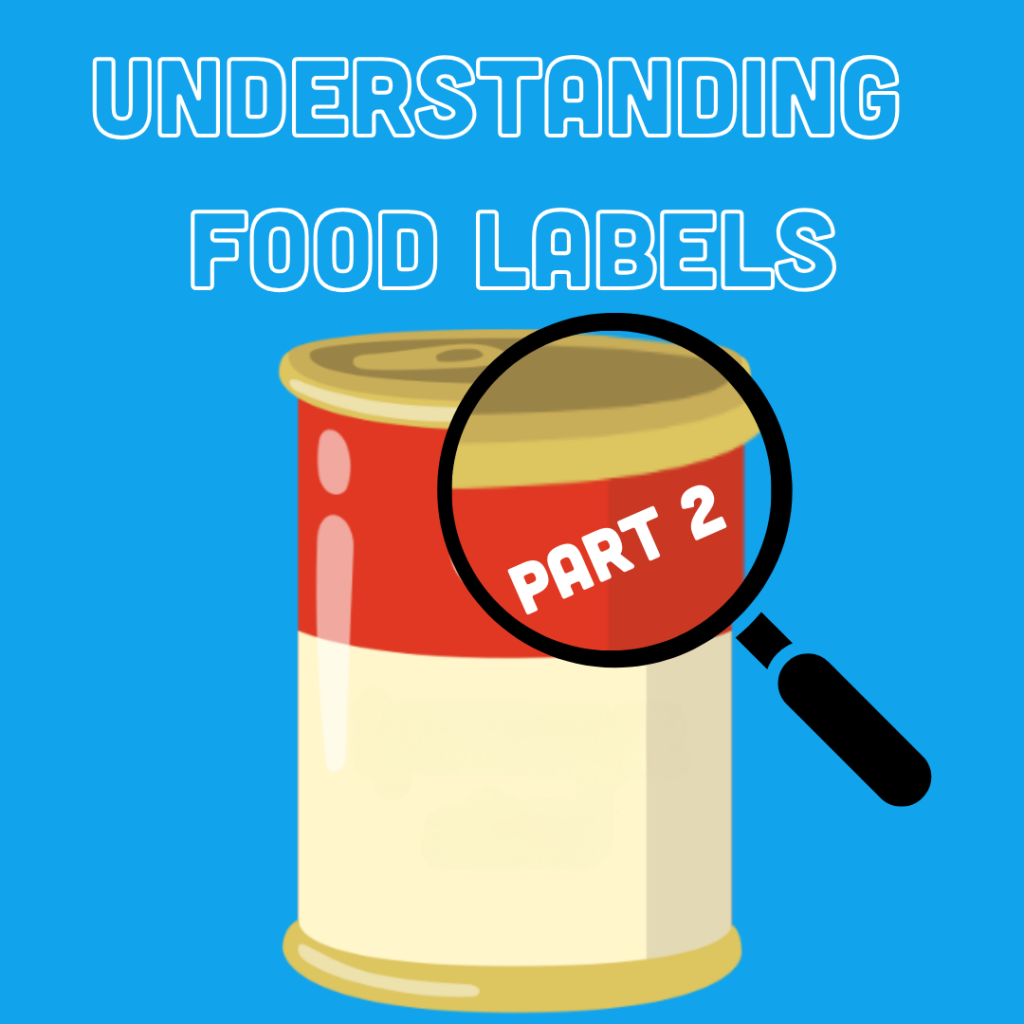In our first instalment, we explored the complexities when reading food names, brands and ingredient lists, unravelling the secrets behind what goes into our food.
In this second part, we turn our attention to the Nutrition Information Panel (NIP). This crucial section of the label holds the key to understanding the nutritional value of the foods we consume. Whether you’re aiming to boost your protein intake, keep an eye on sugar levels, or ensure you’re getting enough vitamins and minerals, the NIP is your go-to guide.
Join us as we explain what each section means and how to interpret the data effectively, to ultimately empower you to make healthier choices for yourself and your loved ones.
Nutrition Information Panel (NIP)
The Nutrition Information Panel (NIP) is the table that is located on the packaging of most food and drink products. This provides us with vital information on the nutrient values within the product, although it can be confusing to understand.
A good tip is to look at the food as a whole, rather than focusing on one nutrient or ingredient as nutrients do not work in isolation. A balanced diet is full of a variety of nutrients to support digestion and feeling fuller for longer.
The NIP label always includes the servings per pack and the serving size. This can be used to understand the recommended serve size. Each nutrient value is also shown in “per serve” and “per 100g/100mL”.
TIP: When comparing similar products and brands, always read the “per 100g/100mL” column, as serving sizes may differ between products

The Nutrition Information Panel must always include:
- Energy (in Kilojoules (kJ))
- Protein
- Fat (Total and Saturated Fat)
- Carbohydrates (Total)
- Sugars
- Sodium
Figure 2: Nutrition Information Panel Label (NIP) Example
Some products may include additional information which is up to the manufacturer. Quality probiotic products, like Yakult, will include information on the quantity of the bacteria, reported until the use-by-date, displayed as Colony Forming Units (CFU). Fibre may also be stated on the food labels as it provides the benefit of assisting with digestion and helping our body feel fuller for longer.
A variety of nutrients is essential for a balanced diet, but there are important factors to consider when choosing products for you and your family.
- Energy is measured in kilojoules (kJ) or Calories (cal). This is the amount of energy that is found within a product. The energy required for each individual depends on several factors, including your age and level of physical activity.
- There are many sources of Protein including animal products such as meat, fish, dairy, eggs, as well as plant-based products such as legumes, beans, nuts, and seeds. Protein assists the body in growth and muscle maintenance.
- Fat can be found in many food sources including oil, butter, and cream to name a few. On a food label, there will always be “Total Fat” and “Saturated Fat” outlined.
- Total Fat refers to all fats including saturated, trans, polyunsaturated and monounsaturated fats. We require fat within our diet to help our bodies absorb certain nutrients including Vitamins A, D, E and K.
- Saturated Fat however are considered fats that you want to limit. These are normally found in foods that are more processed (chips, biscuits, fried foods and baked goods) which may increase your risk of diet related diseases (e.g. diabetes, cardiovascular diseases).
- Carbohydrates are required in the body for energy and come from many sources. Sugars are an example of carbohydrates that can be in the form of natural sugars within fruits or added sugars.
- When understanding how much Sugar is within the product, it is important to understand the type of sugar. There are many common household ingredients which are examples of sugar including Raw Sugar, Honey, Golden Syrup and Dates. Additional names for sugars are often ingredients that end in ‘-tol’ or ‘-ose’.
- Sodium refers to the salt content within the product. This can be in many forms including table salt, flavour enhancer 621 (MSG) or meat/vegetable/yeast extracts. These should be limited within a balanced diet to maintain optimal health and avoid diet-related diseases (e.g. diabetes, cardiovascular diseases).
For more information regarding recommended nutrient intake amounts and serves, please visit the Australian Dietary Guidelines.
With a better understanding of the Nutrition Information Panel, you are now better equipped to make informed decisions about the foods you consume. Keep an eye out for the final part of our series, where we will dive into understanding use-by dates, storage conditions, and the importance of knowing the country of origin. These details are essential for ensuring food safety and feeling confident in making healthy decisions when shopping.
Written by Jemma Kilmartin (Associate Nutritionist)
